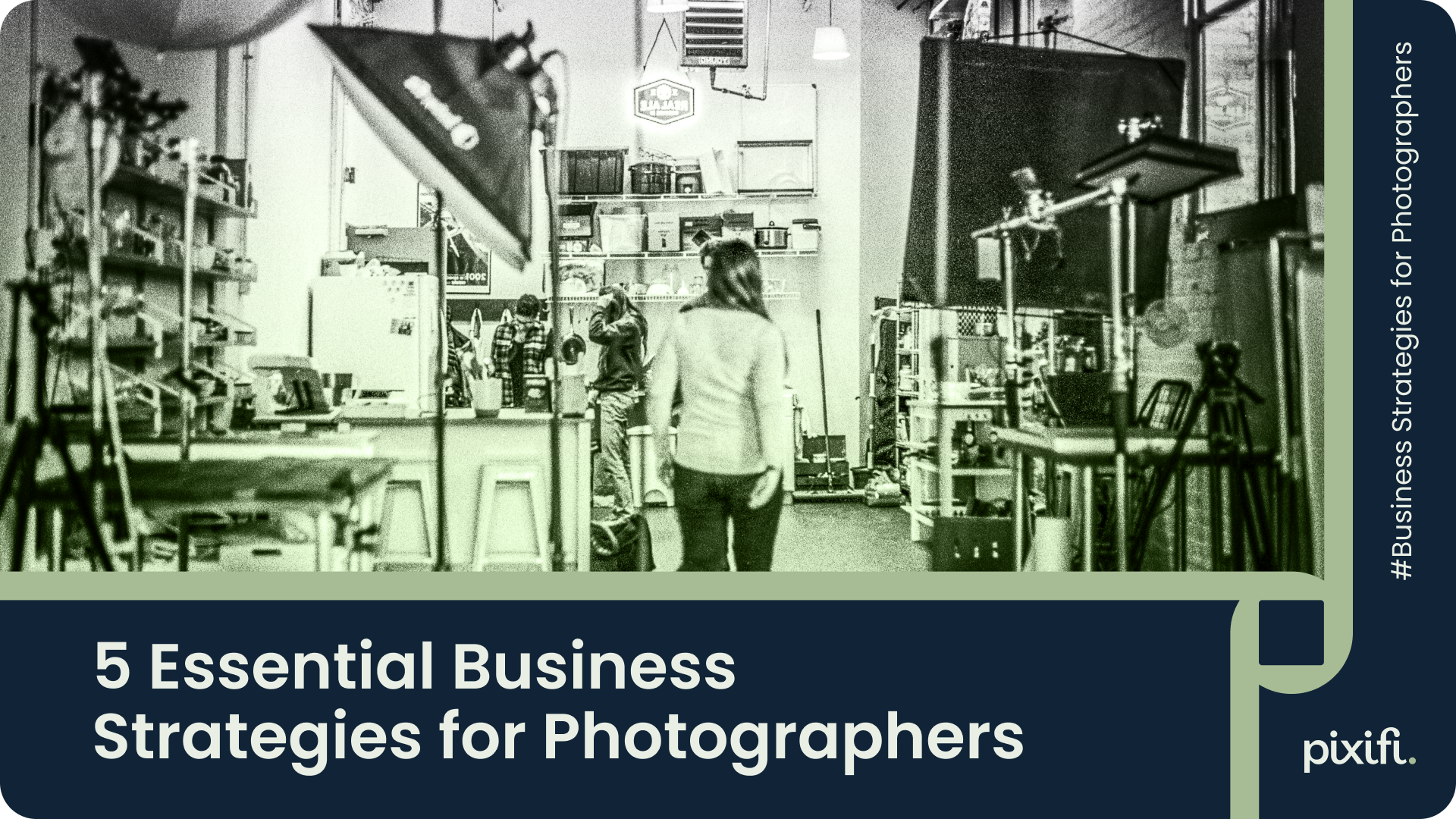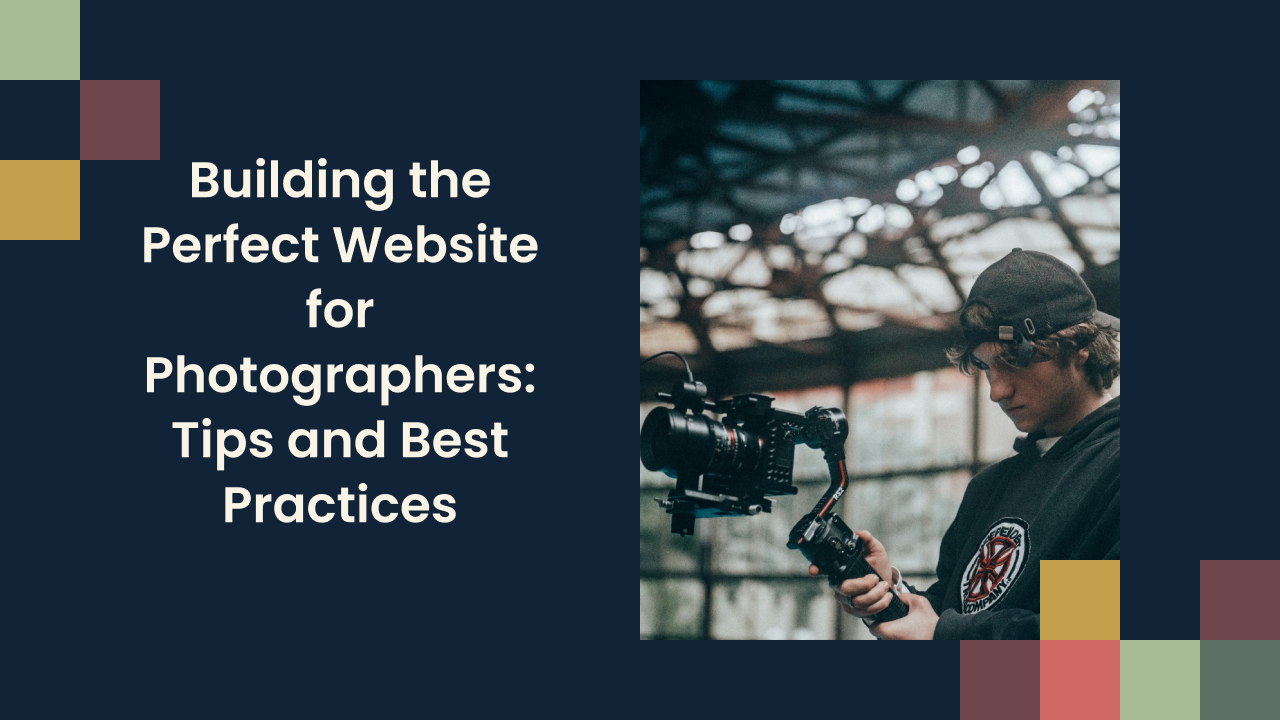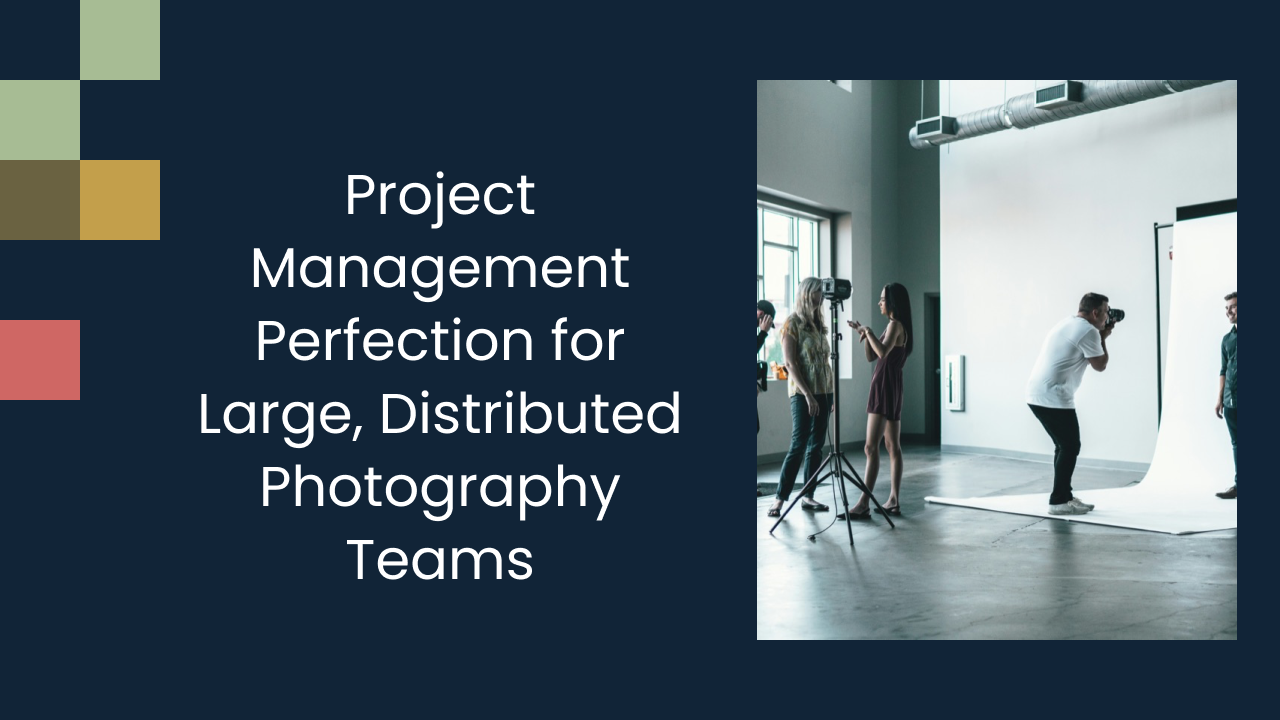How to Start a Profitable Photography Side Hustle
In today's digital age, starting a profitable photography side hustle has become more accessible than ever. With the advancements in technology and the popularity of social media, there are numerous opportunities to monetize your passion for photography. However, to stand out in a saturated market and turn your side hustle into a successful business, it is crucial to have a solid understanding of the basics of photography.
Understanding the Basics of Photography
Photography is more than just clicking a button and capturing a moment. It is an art form that requires technical knowledge and a creative eye. To start your photography side hustle, you need to familiarize yourself with the fundamental principles of photography. This includes learning about exposure, composition, lighting, and post-processing techniques. By mastering these skills, you will be able to create stunning images that attract clients and set you apart from the competition.
When it comes to exposure, understanding how to adjust the aperture, shutter speed, and ISO is crucial. The aperture controls the amount of light that enters the camera, affecting the depth of field. By manipulating the aperture, you can create images with a shallow depth of field, where the subject is in sharp focus while the background is beautifully blurred. Shutter speed, on the other hand, determines how long the camera's sensor is exposed to light. Playing with different shutter speeds allows you to capture motion, freeze action, or create artistic long exposures. Lastly, ISO refers to the sensitivity of the camera's sensor to light. Higher ISO values are useful in low-light situations but can introduce noise or grain to the image.
Composition is another essential aspect of photography. The rule of thirds is a popular guideline that suggests dividing the frame into nine equal parts using two horizontal and two vertical lines. By placing the main subject along these lines or at their intersections, you can create a visually pleasing and balanced composition. Leading lines, on the other hand, are lines within the image that guide the viewer's eyes towards the subject. They can be roads, rivers, or even architectural elements that create a sense of depth and draw attention to the main focal point.
Understanding and working with light is crucial for any photographer. Natural light can be soft and diffused during the golden hour, which occurs shortly after sunrise or before sunset. This lighting condition is ideal for capturing warm and flattering portraits. On the other hand, harsh midday sunlight can create strong shadows and contrast, which may require the use of reflectors or diffusers to soften the light. Artificial lighting, such as flashes and studio strobes, allows photographers to have complete control over the light source and create dramatic and professional-looking images in any situation.
Choosing Your Photography Niche
While it may be tempting to offer a wide range of photography services, specializing in a particular niche can significantly increase your chances of success. By focusing on a specific genre, such as weddings, portraits, landscapes, or food photography, you can establish yourself as an expert in that area. This specialization not only helps you target your marketing efforts effectively but also allows you to develop a unique style and build a loyal client base.
Wedding photography, for example, requires not only technical skills but also the ability to capture emotions and tell a story through images. It involves capturing intimate moments, candid shots, and stunning portraits of the bride and groom. On the other hand, food photography requires attention to detail and the ability to make dishes look appetizing and visually appealing. Understanding lighting techniques and food styling can help you create mouthwatering images that attract clients in the culinary industry.
Equipment Needed for Photography
Investing in the right photography equipment is essential for starting and running a successful side hustle. While it is true that the quality of your photos is more dependent on your skills and creativity than the equipment you use, having the right tools can make a significant difference in the quality of your images.
When it comes to camera bodies, there are various options available, ranging from entry-level DSLRs to high-end mirrorless cameras. Consider factors such as image quality, autofocus performance, and ergonomics when choosing a camera that suits your needs. In addition to the camera body, having a selection of lenses is crucial. Different lenses offer different perspectives and focal lengths, allowing you to capture a wide range of subjects. For example, a wide-angle lens is great for landscapes, while a telephoto lens is ideal for wildlife or sports photography.
Other accessories such as tripods, filters, and external flashes can also enhance your photography. A sturdy tripod is essential for long exposures, night photography, or when you need a steady camera for sharp images. Filters, such as polarizers or neutral density filters, can help you control reflections, reduce glare, or create long exposure effects. External flashes or speedlights can provide additional lighting when shooting in low-light conditions or when you need to add some creative lighting effects to your images.
Remember, photography is a journey of continuous learning and improvement. As you gain experience and expand your portfolio, you will develop your unique style and approach to capturing images. So, keep practicing, experimenting, and pushing your creative boundaries to become the best photographer you can be!
Building a Strong Portfolio
A strong photography portfolio is crucial for attracting clients and showcasing your skills. Your portfolio should include a variety of your best work that demonstrates your expertise and artistic style. Including a diverse range of subjects and styles will show potential clients that you can adapt to different situations and meet their specific requirements. Additionally, consider including testimonies or reviews from satisfied clients to establish trust and credibility.
Importance of a Diverse Portfolio
Having a diverse portfolio is essential for demonstrating your versatility as a photographer. Including a variety of subjects, locations, and styles in your portfolio will showcase your ability to capture different emotions and environments effectively. This diversity will not only attract a broader range of clients but also give you the opportunity to explore different genres and expand your skill set.
Furthermore, clients often look for photographers who can offer a unique perspective or specialize in a specific niche. By including images from different genres in your portfolio, you can showcase your expertise in multiple areas and increase your chances of securing diverse projects.
Tips for Capturing Eye-Catching Photos
Capturing eye-catching photos is essential for creating a compelling portfolio and attracting clients. Here are a few tips to help you capture stunning images:
- Study and learn from other photographers' work to find inspiration and understand different photography techniques.
- Experiment with different angles, perspectives, and compositions to add visual interest to your photos.
- Understand and utilize the rule of thirds to create well-balanced and visually pleasing compositions.
- Pay attention to the details, such as lighting, colors, and textures, to add depth and dimension to your images.
- Don't be afraid to step out of your comfort zone and try new techniques or explore unconventional subjects.
Setting Up Your Photography Business
Once you have honed your photography skills and built a strong portfolio, it's time to set up your photography business. While it may seem overwhelming, taking the necessary steps to establish your business properly will lay a solid foundation for long-term success.
Legal Considerations for Starting a Business
Before starting your photography business, it is important to familiarize yourself with the legal requirements and obligations. This includes obtaining the necessary permits and licenses, registering your business name, and understanding the tax implications. Consulting with a lawyer or accountant can help ensure that you comply with all the legal requirements and protect yourself legally.
Creating a Business Plan
Creating a business plan is essential for setting clear goals and determining the roadmap for your photography business. A well-thought-out business plan should include an analysis of the market and competition, a marketing strategy, financial projections, and a plan for growth and expansion. While your business plan may evolve over time, having a solid foundation will help you make informed decisions and stay focused on your objectives.
Pricing Your Photography Services
Determining the right pricing for your photography services is crucial for profitability. Consider factors such as your experience, the quality of your work, the demand for your services, and the local market conditions. Researching the industry standards and comparing your rates with other photographers in your area can help you establish competitive pricing while ensuring that you are adequately compensated for your time and expertise.
Marketing Your Photography Side Hustle
Marketing plays a significant role in the success of your photography side hustle. It's not enough to have exceptional photography skills; you also need to effectively promote your services and reach your target audience.
Building an Online Presence
In today's digital age, having a strong online presence is essential for any business. Create a professional website to showcase your portfolio and provide information about your services, pricing, and contact details. Use search engine optimization techniques to improve your website's visibility and reach. Additionally, consider utilizing social media platforms such as Instagram, Facebook, and Pinterest to share your work, engage with your audience, and attract potential clients.
Networking in the Photography Industry
Networking plays a vital role in the photography industry, as it allows you to connect with like-minded individuals, learn from their experiences, and discover new opportunities. Attend photography workshops, conferences, and local meetups to expand your network and build relationships with fellow photographers, potential clients, and industry professionals. Collaborating with other creatives and participating in photography competitions can also help increase your visibility and credibility.
Utilizing Social Media for Promotion
Social media platforms offer powerful tools for promoting your photography side hustle. Regularly post high-quality images, behind-the-scenes content, and informative captions to engage with your audience and attract new followers. Utilize hashtags relevant to your niche to increase your reach and visibility. Additionally, consider running targeted ads or partnering with influencers to reach a wider audience and generate leads.
Starting a profitable photography side hustle requires a combination of technical skills, creativity, and business acumen. By understanding the basics of photography, building a strong portfolio, setting up your business properly, and effectively marketing your services, you can turn your passion into a lucrative source of income. Embrace continuous learning, stay abreast of industry trends, and never stop honing your skills to stay competitive in the ever-evolving photography industry.
Looking for an easier way to manage and grow your studio? Experience a platform built by a photographer, for photographers. Try it free for 2 weeks.











